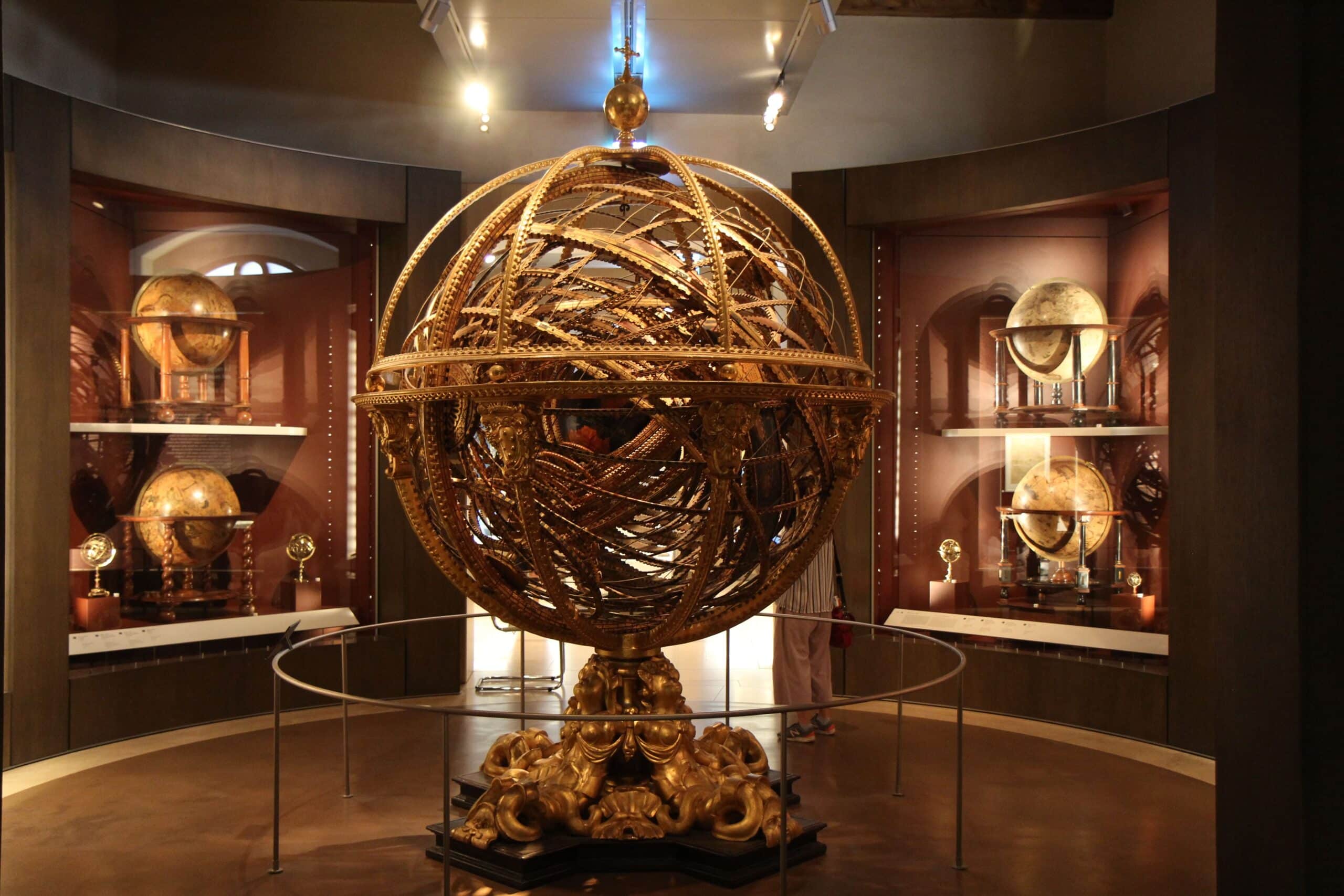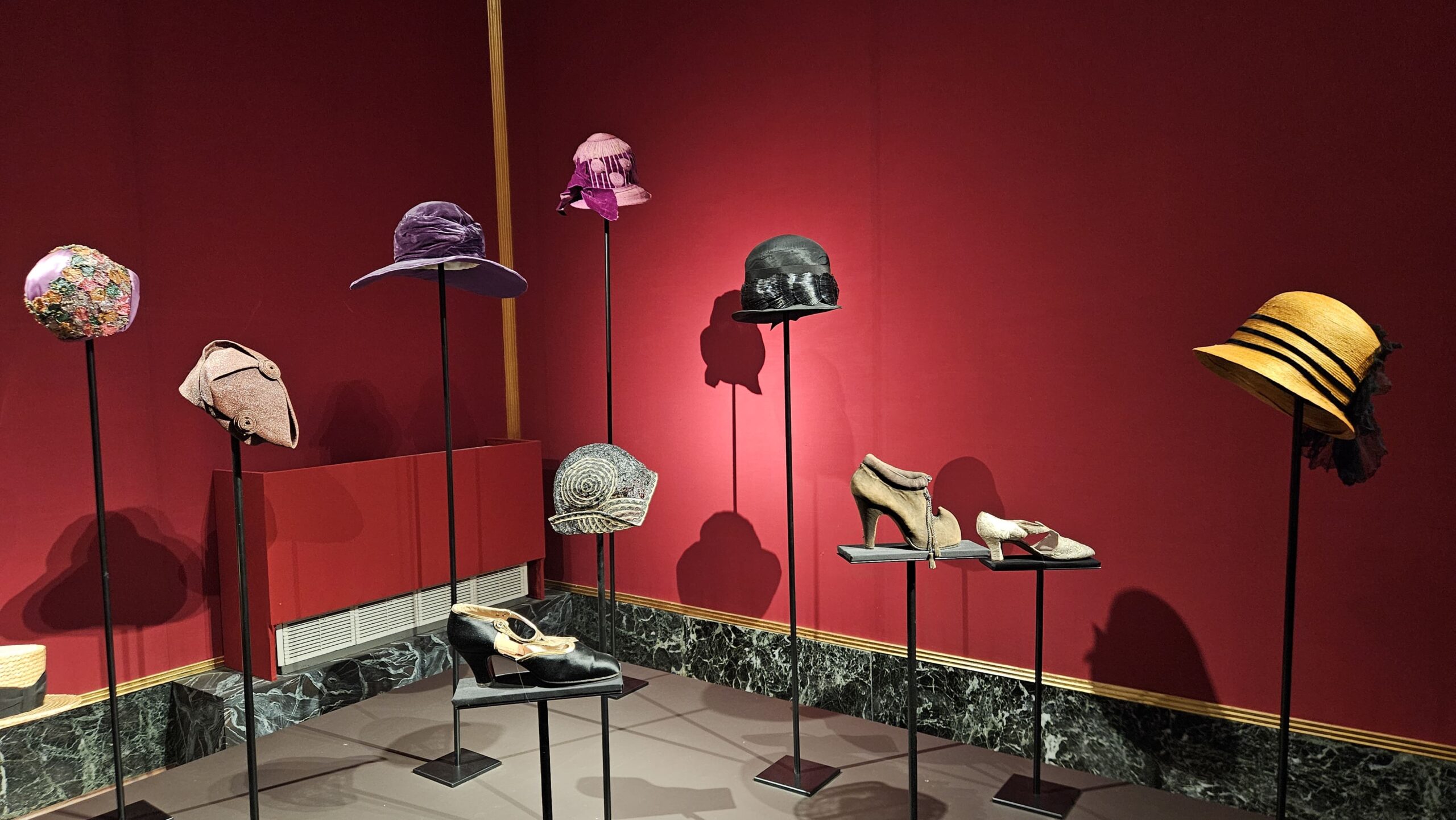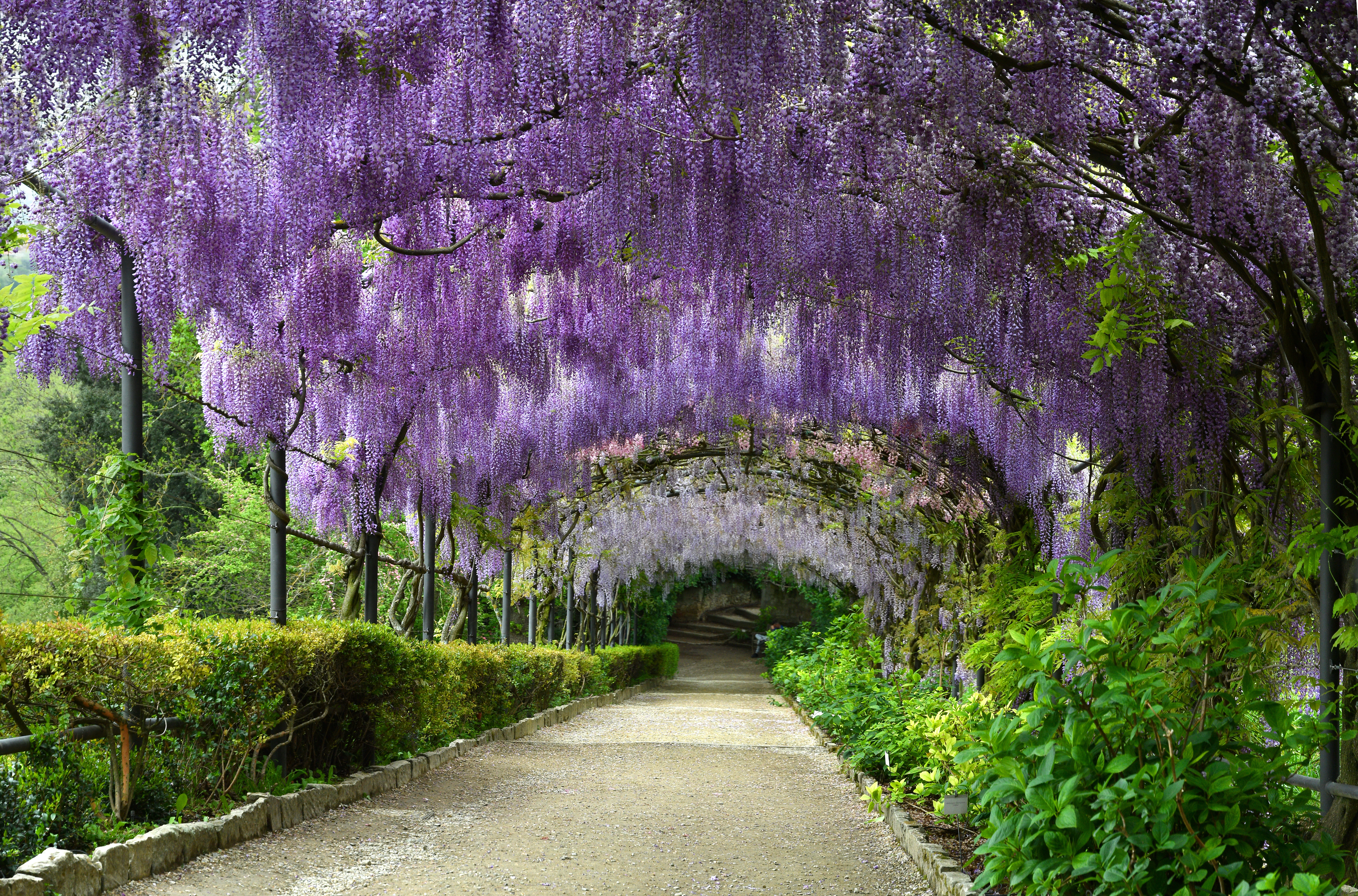The National Archaeological Museum of Florence and the Archaeological Area of Fiesole
The National Archaeological Museum of Florence is housed in the Palazzo della Crocetta, built for Maria Maddalena de’ Medici, sister of Grand Duke Cosimo II. It houses valuable collections of Medici-Lorraine antiquities.
The Etruscan section includes rare bronzes collected by the Medici, such as the Chimera of Arezzo, dating from the 4th century BC, The Orator (L’Arringatore), from the 1st century BC, urns and sarcophagi like those of Larthia Seianti and the Obese, both from Chiusi, and the famous Sarcophagus of the Amazons.
The Roman section includes the Minerva of Arezzo and the Idolino of Pesaro, which arrived in Florence through the inheritance of Vittoria della Rovere.
The Greek section includes the famous François Vase, dating back to 570 BC, and the renowned Medici Riccardi horse head, along with a very rich collection of Attic black-figure and red-figure pottery.
The important Egyptian section (the second largest in Italy in terms of artifacts) displays rare everyday objects, from the Prehistoric Era to the New Kingdom, which arrived in Florence following excavation campaigns in the 19th century by the Pisan Egyptologist Ippolito Rosellini and the French Jean-François Champollion. Among the most important finds: a 15th-century BC war chariot from Thebes and numerous mummies with painted sarcophagi.
The museum is also famous for its collection of Etruscan bronzes and its “monetary cabinet,” a large and valuable numismatic collection. In the garden, some original monumental Etruscan tombs have been reconstructed.
The Archaeological Area of Fiesole
Only with an experienced, real tour guide can one fully appreciate the beauty of the Fiesole Archaeological Park. The ancient Fiesole, of Etruscan origin, boasts a vast archaeological area with significant remains. In a very scenic location, the Theatre, dating back to the 1st century BC, can be found, and it is still used for performances during the summer season.
The guided tour continues at the Baths, which included an open-air area with two large swimming pools and a covered section that housed the calidarium, tepidarium, and frigidarium: rooms with pools of water at different temperatures. It is likely that their use continued beyond the 3rd century AD, which marked the final period of glory for Roman Fiesole.
The Etrusco-Roman Temple was built in the 4th century BC. On this original Etruscan building, a Roman temple was later erected, with a similar rectangular layout dominated by a central cella but larger in size. The new construction symbolically marked the end of the independence of the Etruscan city and the beginning of its Romanization. After the temple fell into disuse, a Lombard necropolis was established among its ruins in the 7th century.
Your AGT guide will also accompany you to the Archaeological Museum of Fiesole, which displays artifacts from the area ranging from the Etruscan period to the medieval age.
In addition to the topographical section, which includes artifacts from the surrounding area, the upper floor of the museum houses important antique collections, the result of private donations. Among these are the Costantini Collection and the Colombaria, featuring significant Etruscan and Magna Graecia artifacts, including large Etruscan steles such as the Travignoli stele from the 6th-5th centuries BC.





